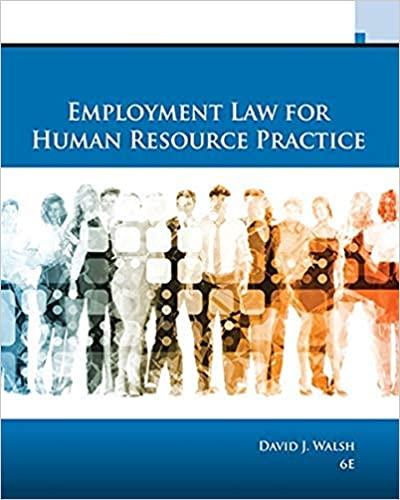Hannon hired Dukowitz as a security officer in November 2005 and assigned her to an evening position.
Question:
Hannon hired Dukowitz as a security officer in November 2005 and assigned her to an evening position. In July 2008, Dukowitz learned about a temporary daytime position that would be available for the holiday season. Dukowitz’s supervisor offered her the position, but required Dukowitz to sign a document acknowledging the possibility that the position would be unavailable beyond the holiday season. Dukowitz switched to the daytime position in September 2008. In early December, Dukowitz’s supervisor informed her that the position would no longer be available after the end of December and that Hannon did not have any hours available for Dukowitz in the ensuing months. Dukowitz claims that she told her direct supervisor that she would need to apply for unemployment benefits “to make ends meet.” According to Dukowitz, her supervisor then turned to another supervisor and asked, “Should we term her?” In other words, terminate her employment. Dukowitz claims that she begged her supervisor not to terminate her and asked that Hannon place her on a “floating shift” so that she could work when shifts became available. Dukowitz was terminated from her employment in March, 2009 (the parties dispute the reasons why), and sued for wrongful termination, asserting a violation of public policy because the firm fired her for exercising her right to apply for unemployment benefits. The Minnesota public policy exception to employment at will applies only to a demand by the employer for the employee to commit an illegal act, which does not apply to this case. The Minnesota Supreme Court declined to create a new cause of action under these circumstances for two reasons: First, the court was reluctant to extend legislatively declared public policy, since it believed the job was usually better performed by the legislature. Second, the court declined to expand the public-policy exception to the employment at will rule because the legislature had already delineated the consequences for an employer that interferes with an employee’s application for unemployment benefits (the firm is guilty of a misdemeanor).
Questions:
1. What was the legal issue in this case? What did the Minnesota Supreme Court decide?
2. What is “employment at will”? What role does it play in this case?
3. Why does this court rule for the employer? Why does the dissenting judge (Justice Wright) believe that the employee should have been allowed to go to trial?
4. Do you agree with the court’s decision in this case? Why or why not?
Step by Step Answer:






